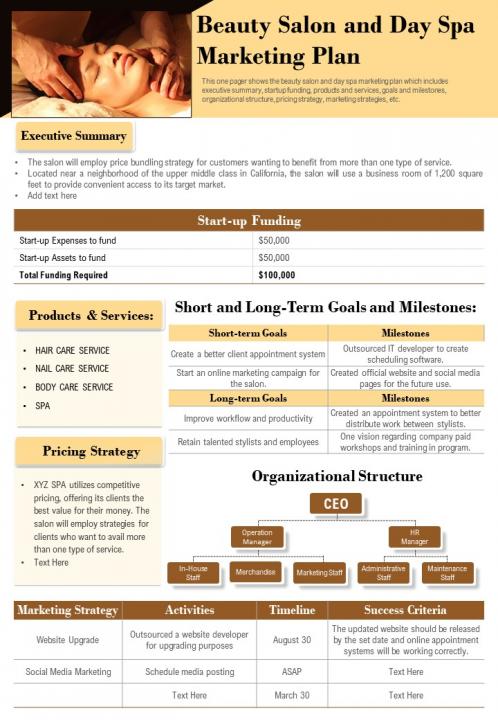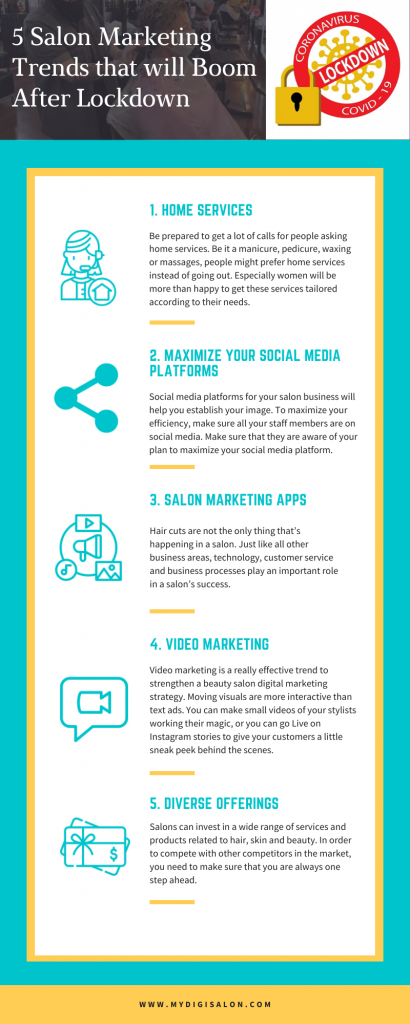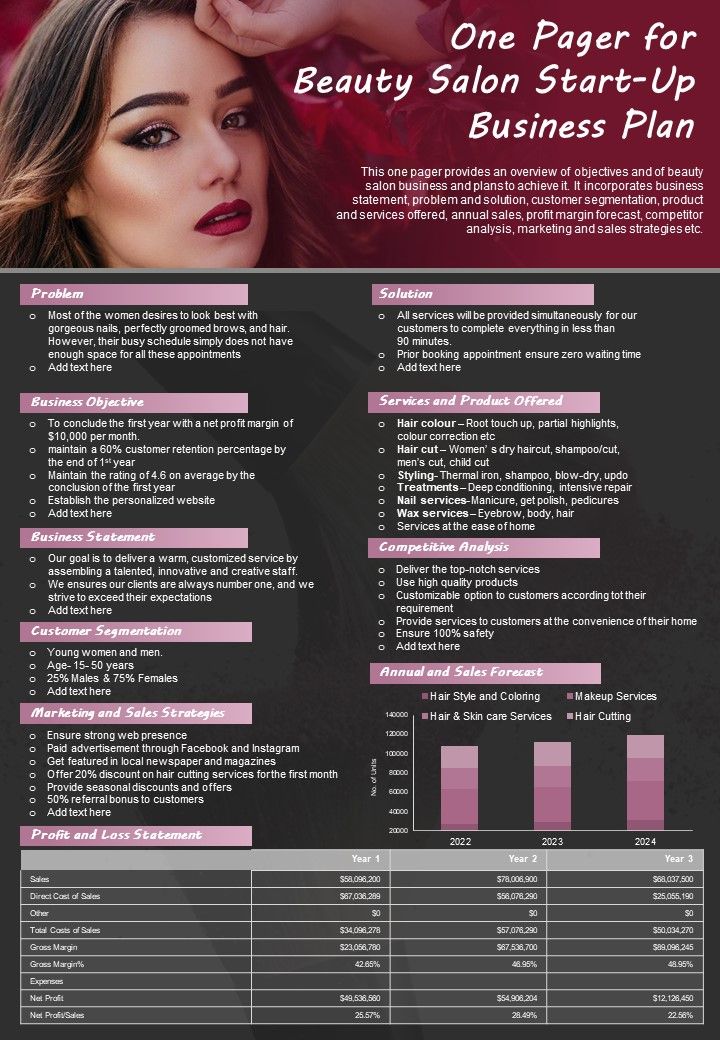Discover the industry’s best-kept secrets and skyrocket your beauty salon’s success with these unconventional marketing strategies.

Image courtesy of cottonbro studio via Pexels
Table of Contents
- Understanding the Beauty and Hair Industry’s Digital Landscape
- Identifying Your Target Audience and Niche
- Optimizing Your Blog for Search Engines
- Leveraging Social Media for Marketing and Promotion
- Paid Advertising Strategies for the Beauty and Hair Industry
- Creating Engaging and Informative Content
- Practical Case Studies and Success Stories
- Conclusion
Welcome to our comprehensive guide where we will discuss the essential tips and tricks for creating successful marketing and SEO strategies for blogs in the beauty and hair industry. Whether you run a beauty salon, hair replacement studio, or a nail salon, implementing effective marketing techniques and optimizing your content for search engines is crucial for attracting potential customers and increasing your online visibility. This guide will provide you with valuable insights and proven strategies to maximize your blog’s reach and engagement.
Understanding the Beauty and Hair Industry’s Digital Landscape
The beauty and hair industry has experienced an extraordinary digital transformation, with more customers relying on online information and recommendations before making beauty-related decisions. As a salon owner or beauty blogger, it’s essential to navigate the digital landscape strategically.
Book Now For a Free Consultation
Traditional marketing methods are no longer sufficient in reaching a wider audience, which is why establishing an online presence through digital marketing and SEO is crucial. Customers now turn to search engines and social media platforms to find the best beauty salons, hair treatments, and nail studios in their area. To remain competitive and attract new clients, it’s vital to understand the digital landscape and adapt your strategies accordingly.
Identifying Your Target Audience and Niche
Before diving into marketing and SEO strategies, it’s important to identify your target audience and niche. The beauty and hair industry is diverse, ranging from general beauty to specific niches such as natural hair or electrolysis.
By defining your target audience, you can tailor your content and marketing efforts to meet their needs and preferences. Understanding your audience’s demographics, interests, and pain points will allow you to create content that resonates with them, ultimately driving engagement and conversions.
Segmenting Your Niche to Tailor Your Content and Marketing Strategies
Once you have identified your target audience, it’s crucial to segment your niche and customize your marketing strategies accordingly. For example, if your niche is focused on natural hair, your target audience may be individuals interested in organic products, protective styling, and hair care tips for textured hair. By catering specifically to this niche, you can create content and marketing campaigns that address their unique needs. This targeted approach will help you establish credibility and attract loyal followers who appreciate your specialized expertise.
Optimizing Your Blog for Search Engines
Search engine optimization (SEO) plays a vital role in increasing your blog’s visibility and driving organic traffic. By optimizing your content to appeal to both users and search engines, you can improve your website’s ranking in search engine results pages.

Image courtesy of www.slideteam.net via Google Images
Keyword Research: Identifying Relevant and High-Ranking Keywords for Beauty and Hair Topics
Keyword research is the foundation of effective SEO. It involves identifying the keywords and search terms your target audience is using to find information related to beauty and hair topics. There are various tools available, such as Google Keyword Planner and SEMrush, which can help you uncover relevant and high-ranking keywords.
When conducting keyword research, consider the search volume, competition, and relevance of each keyword. Long-tail keywords, which are longer and more specific phrases, can often be valuable in capturing targeted traffic from users searching for specific information.
On-Page SEO Techniques: Optimizing Blog Titles, Meta Descriptions, and Headers
Optimizing your blog’s on-page elements is essential for SEO success. Start by optimizing your blog titles, meta descriptions, and headers. These elements should include your targeted keywords naturally and accurately summarize the content of each page.
Additionally, make use of header tags (H1, H2, H3) to structure your content hierarchically. This not only helps search engines understand your content better but also enhances the readability for your readers.
Incorporating Natural Hair, Makeup, and Beauty-Focused Keywords into Your Content
If your blog focuses on natural hair, makeup, or other beauty-related topics, make sure to incorporate relevant keywords throughout your content. This helps search engines understand the context of your blog and better match it to users’ search queries. However, remember to use keywords naturally and don’t compromise the quality and readability of your content by overstuffing keywords.
The Importance of Backlinks and How to Build Quality Backlinks for Your Blog
Building quality backlinks from reputable websites is another crucial factor in SEO success. Backlinks are like votes of confidence from other websites, indicating to search engines that your content is valuable and trustworthy.
To build backlinks, consider reaching out to influencers or industry experts for collaborations or guest posting opportunities. Additionally, you can focus on creating high-quality content that naturally attracts backlinks from other websites. Promoting your content through social media and networking within the beauty and hair industry can also result in valuable backlinks.
Leveraging Social Media for Marketing and Promotion
Social media has become an indispensable platform for marketing and promotion in the beauty and hair industry. By leveraging various social media platforms, you can significantly increase your online presence and engage with your target audience.
Utilizing Various Social Media Platforms to Establish a Strong Online Presence
Depending on your target audience and content strategy, choose the social media platforms that align best with your goals. Instagram and Pinterest, for instance, are visual platforms that work well for showcasing makeup looks, hairstyles, and before-and-after transformations. Facebook and Twitter, on the other hand, allow you to share informative articles, videos, and engage in conversations with your audience.
Developing a Content Calendar for Scheduled Posts and Engaging with Your Audience
Consistency is key when it comes to social media marketing. Develop a content calendar to plan and schedule your posts in advance. This helps maintain a consistent presence, engages your audience regularly, and allows you to stay organized with your content strategy.
In addition to posting content, actively engage with your audience by responding to their comments, messages, and sharing user-generated content. Building relationships and fostering a sense of community on social media will enhance your brand’s reputation and attract more followers.
Generating Buzz Through Creative Visual Content (Videos, Images, Tutorials)
The beauty and hair industry heavily rely on visual content to capture the attention of their target audience. Whether it’s makeup tutorials, hair transformations, or product demonstrations, creating visually appealing and informative content can generate buzz and attract new followers.
Experiment with videos, images, and tutorials to showcase your expertise and provide valuable insights to your audience. This creative approach not only boosts engagement on social media but also helps establish your credibility as a beauty expert.
Collaborating with Influencers and Leveraging User-Generated Content for Brand Exposure
Partnering with influencers or beauty bloggers can significantly expand your reach and bring in new followers. Influencers typically have a dedicated fan base that trusts their recommendations and opinions. By collaborating with them, you can tap into their audience and gain exposure to potential customers who may be interested in your beauty salon or products.
Additionally, encourage your audience to share their before-and-after photos, makeup looks, or hair transformations using a branded hashtag. This user-generated content serves as social proof and showcases the quality of your services, further contributing to your brand exposure.
Paid Advertising Strategies for the Beauty and Hair Industry
To complement your organic marketing efforts, utilizing paid advertising can help you reach a broader audience, promote your services, and drive conversions. Here are some popular advertising strategies for the beauty and hair industry:

Image courtesy of www.mydigisalon.com via Google Images
Identifying Popular Advertising Platforms to Reach Your Target Audience Effectively
When deciding on advertising platforms, consider where your target audience spends most of their time online. Facebook Ads and Instagram Ads, with their highly advanced targeting capabilities, are effective for reaching a wide range of beauty enthusiasts. Google Ads, on the other hand, work well for targeting users who are actively searching for beauty salons or related services.
Facebook Ads, Instagram Ads, and Google Ads: Tips and Tricks for Successful Campaigns
To make the most out of your paid advertising campaigns, keep the following tips in mind:
- Create compelling ad copy and visuals that resonate with your target audience.
- Use high-quality images and videos to capture attention and deliver your message effectively.
- Segment your audience and create tailored ads for each segment to maximize relevance.
- Optimize your landing pages to ensure a seamless user experience and encourage conversions.
- Regularly monitor and analyze your ad performance to adjust your campaigns as needed.
Implementing Remarketing Techniques to Re-Engage Potential Customers
Remarketing allows you to re-engage users who have previously visited your website or interacted with your brand but haven’t taken the desired action, such as booking an appointment or making a purchase.
Implementing remarketing campaigns on platforms like Google Ads or Facebook Ads enables you to show targeted ads to these potential customers as they browse other websites or social media platforms. By keeping your brand top of mind, you increase the chances of converting them into paying customers.
Creating Engaging and Informative Content
Content creation is at the core of any successful blog, and the beauty and hair industry are no exception. Creating valuable, engaging, and informative content not only drives traffic but also helps establish your brand as a trusted source of information and expertise.
Understanding Different Content Formats That Resonate With Beauty and Hair Enthusiasts
The beauty and hair industry are visually-driven, so it’s important to incorporate various content formats that capture attention and provide value to your audience. Consider including the following content formats in your blog:
- Tutorials and how-to guides
- Product reviews and comparisons
- Before-and-after transformations
- Trend analyses and expert insights
- Storytelling or personal experiences related to beauty and hair
Tips for Writing Catchy Blog Titles and Engaging Introductions
Your blog titles and introductions play a crucial role in attracting readers and encouraging them to continue reading. To make your content irresistible:
- Create catchy and descriptive titles that pique curiosity.
- Start your blog posts with engaging introductions that instantly grab attention.
- Clearly state the benefits or solutions your content offers to entice readers to continue reading.
- Use power words and emotional triggers to evoke strong reactions and connection with your audience.
Sharing Expert Advice, Trends, and Insider Insights in Relevant Topics
As a beauty salon or hair expert, you have valuable knowledge and insights to share with your audience. Position yourself as an authority in your niche by regularly providing expert advice, sharing the latest beauty trends, and offering behind-the-scenes insights.
Stay up to date with industry news, attend relevant events and conferences, and follow influential figures to keep yourself well-informed. By sharing this knowledge with your audience, you show that you are at the forefront of the industry and can be trusted as a reliable source of information.
Encouraging Audience Participation and Incorporating User-Generated Content
Engaging your audience is key to building a loyal community around your beauty and hair blog. Encourage reader participation by posing questions, creating polls, or inviting them to share their own beauty experiences.
User-generated content, such as before-and-after photos or testimonials, can be powerful tools to showcase the quality of your services and build trust. Ask your audience to share their success stories and experiences, and feature them on your blog or social media platforms.
Practical Case Studies and Success Stories
Looking at real-life examples and success stories from the beauty and hair industry can inspire and guide your own marketing and SEO strategies. Here are some examples of effective techniques and innovations:

Image courtesy of www.slideteam.net via Google Images
Analyzing Successful Blogs and Marketing Strategies in the Beauty and Hair Industry
There are numerous successful beauty and hair blogs that have built a strong online presence. Study the strategies they have implemented, such as targeted content creation, social media engagement, and collaborations with influencers. Identify what has worked for them and adapt those techniques to your own blog.
Real-Life Examples and Case Studies Showcasing Effective Marketing and SEO Techniques
Several beauty salons and hair studios have leveraged digital marketing and SEO to boost their visibility and attract a larger customer base. Study case studies to understand how they optimized their websites, used social media effectively, and implemented paid advertising strategies to achieve their goals.
Inspiring Success Stories and Innovative Approaches to Digital Marketing in the Beauty and Hair Industry
The beauty and hair industry is constantly evolving, and innovative approaches to digital marketing can make a significant impact. Look for inspiring success stories within the industry to gain insight into unique marketing strategies that have proven successful. From leveraging emerging technologies like augmented reality for virtual makeovers to creating interactive beauty communities, these stories will inspire you to think outside the box.
Conclusion
The beauty and hair industry is highly competitive, but with the right marketing and SEO strategies, you can stand out and thrive in the digital landscape. By utilizing the tips and tricks shared in this guide, you’ll be able to create compelling content, optimize your blog for search engines, and employ marketing techniques that will attract and engage your target audience. Stay ahead of the curve and start implementing these strategies today to enhance your online presence and drive growth for your beauty and hair-related blog.